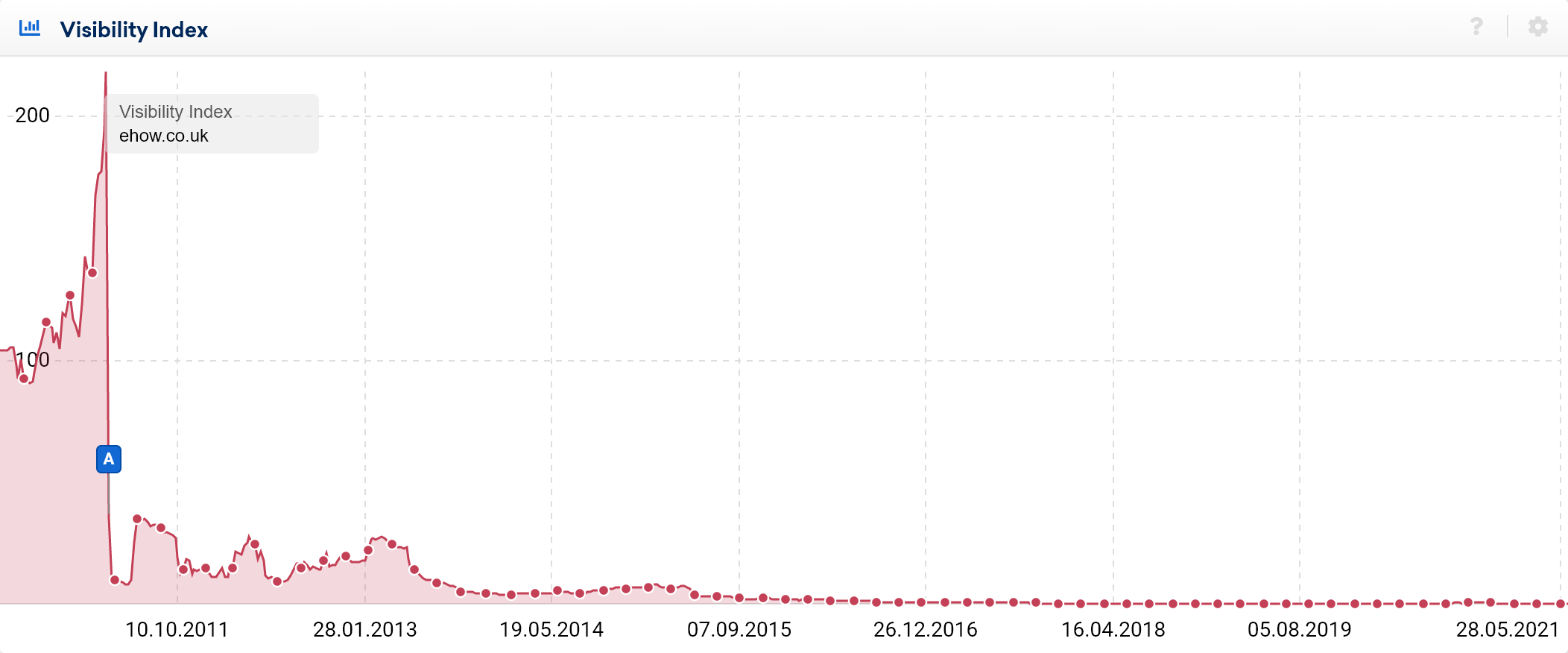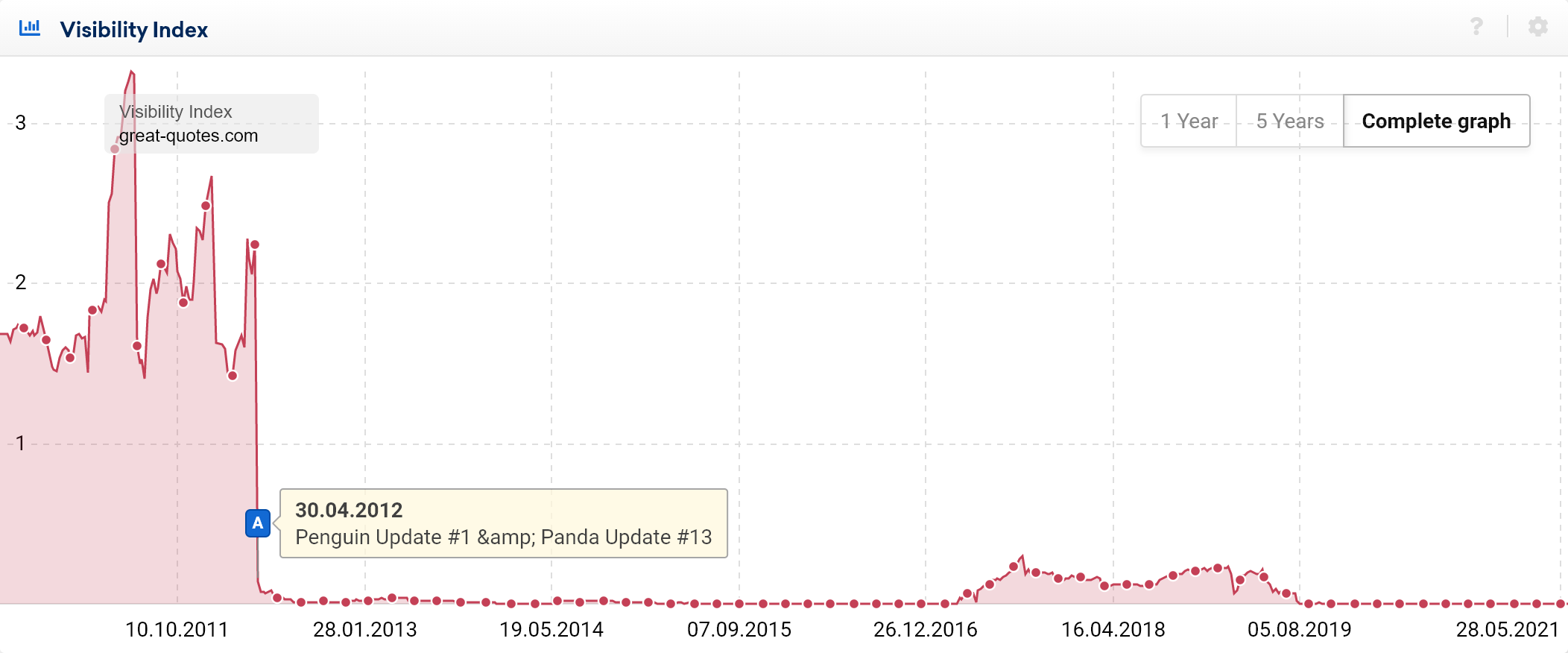Traditional marketing tools have become less effective and it’s important that every company has a good content marketing strategy in order to remain competitive. In a series of articles we present an overview, information on content types, high performance content, unique content and content profiling. Included below are also some useful case studies and FAQs.
- What is content marketing?
- Is SEO important for content marketing?
- 5 trends that have profoundly changed online marketing
- Panda, Pengiun and Core Updates
- Google, and user data
- Banner blindness
- Ad blocking
- Consumer empowerment
- Is content marketing old wine in new bottles?
- Content marketing is the only form of marketing that remains
- Content marketing as a long-term user orientation strategy
- Frequently asked questions
What is content marketing?
Content marketing is the process of providing content that is important and interesting to your target audience. It brings potential customers closer to a brand and its products and services. It welcomes potential customers by offering something they need. Different content types are suitable for different channels. Here are some examples of content types. Finding the right type is important.
Is SEO important for content marketing?
Organic search results are a potentially huge and valuable channel for content marketing and generally the primary channel for most companies performance content marketing. SEO is the process of increasing visibility in that channel. Some types of content, let’s call them high-performance content types, work extremely well in organic search rankings.
5 trends that have profoundly changed online marketing
Over the past 5-10 years, five trends have emerged that have changed the rules of the game in online marketing. They have made the tried and tested marketing tools increasingly blunt and ineffective. This development is irreversible. The logical answer to this transformation of the marketing landscape is content marketing. Content marketing is oriented towards the interests of users and demonstrates the company’s value proposition through useful information, helpful knowledge or entertainment, instead of just asserting it via conventional advertising.
Panda, Pengiun and Core Updates
Since 2011, Google has become increasingly successful in filtering out low-quality content from its top search results, especially following the so-called Panda updates. The decline in visibility of ehow.co.uk, serves as a good illustration of this change. Before the first Panda update, the domain was at over 100 VI points and growing. The decline from over 200 points after Panda is remarkable and even today, new content is not ranking.

Google’s goal is to display the best content for a search query. Investments in high-quality content are increasingly rewarded by Google over time. Conversely, savings made by sacrificing content quality are false economy. Inferior content does not survive in the top 10.
One year after the Panda updates, the Penguin updates followed in 2012. They combat web spam, especially in the form of unnatural links.

With the Hummingbird algorithm update in 2013 and the introduction of RankBrain in 2015, Google has become better at interpreting search queries. With a better understanding of semantics and machine learning, many search queries are reformulated before the index is queried.
As a consequence, separate pages are no longer created for keywords with different word order, for filler words, for synonyms and for keywords with very low search volume, whose contents overlap strongly. Rather, the content is combined on a more comprehensive page (holistic content).
This movement away from quantity and towards quality makes it possible to concentrate more on added value. The focus is no longer on Google’s search algorithm but on the user’s search intention.
Google, and user data
Google has more and more user data at its disposal, which helps it to better evaluate quality. Two examples are: 1) data obtained via the Google Chrome browser and 2) the data on short clicks.
This data helps Google to recognise how different search results are perceived by users and how often they are clicked on. They also help Google to understand users’ search intention for each individual keyword and to immediately recognise when it changes. A while ago, users searching for “World Cup” might have meant the Ice Hockey World Cup; a short time later, however, they might be looking for the Athletics World Cup, and tomorrow they might be searching for the Football World Cup. The best search engine optimisation is of no use if the content does not satisfy the users’ search intentions.
It is only by looking at this user data that Google is able to produce better updates. In a similar way, of course, this also applies to other platforms, such as Facebook.
Most importantly, taking this data into account empowers users. There is a constant voting on content taking place in the background with our mouse clicks. Which content do users like, and which content do they not enjoy? All online marketers must submit to this judgement. There is less and less room for tricks and manipulation. Promotional push marketing content and low-quality content are increasingly losing visibility on the web.
Banner blindness
Simply buying traffic via promotional content is not an alternative. Users are increasingly ignoring banners (banner blindness). According to a study by DoubleClick from 2017, the click-through rate (CTR) of display ads across all advertising media fell to just 0.05%. In other words, you have to show an ad to 2,000 users to get a single click. The numerical ratio speaks for itself and could hardly reveal the fundamental divergence between the interests of companies and users more clearly. Instead of continuing on this downward spiral and showering users with even more banners, it makes more sense to resolve the contradiction through content marketing.

Ad blocking
Then again, you should consider yourself lucky if users see the banners at all. According to data, Mobile ad blocking grew 10% in 2020 to reach 586M users. Data from Dec 2016 already showed that large percentages of the Canadian, USA, German and Indonesian audience were using ad blockers.

Since January 2018, the Chrome browser, with its 65% global market share, has included a built-in ad blocker, which filters out all ads that go against the stated requirements of the ‘Coalition for better ads’.
Consumer empowerment
The internet has changed consumers and, at a more fundamental level, the power structure. The term “consumer empowerment” describes the increasing self-determination of buyers and the increasing transfer of power to the buyer. Customers have an ever-decreasing trust in advertising from traditional media, such as newspapers, TV and radio. They do not want to be patronised and have become more critical.
Modern consumers use the Internet to find out more about brands and products according to their own criteria. They make intensive use of Google searches, read blogs, newsletters, e-books and customer reviews, inform themselves in webinars and exchange information in social networks. It is becoming increasingly common for customers to have more specialist knowledge about a product than the salesperson in the shop or the employee in the call centre. The internet gives them the opportunity to acquire this knowledge.
Successful companies must accompany the empowered consumers in the information process. In doing so, they must act as helpful, trustworthy partners and not as a salesperson in order to avoid scaring them away. The wishes and needs of customers must be recognised and taken seriously so that they can then be incorporated back into product development. This user-centred marketing cannot be implemented without user-centered content.
Is content marketing old wine in new bottles?
Of course, the question arises as to whether content marketing is just old wine in new bottles. After all, the term marketing implies market orientation and thus also orientation towards the needs of users.
In the last seven years, the trends listed above have changed the nature of online marketing, turning the industry upside down to such a degree that one has to speak of a new age of marketing in order to do it justice. Many of the old rules of the game no longer apply. Even if you have always acted in a firmly user-oriented manner, some of the options that used to be available are no longer valid today. At the same time, new requirements have emerged. In order to clearly highlight and delineate this change, a new marketing term is not only appropriate, but necessary.
Content marketing is the only form of marketing that remains
Best-selling author Seth Godin states:
“Content marketing is all the marketing that’s left”
This statement is meant to be somewhat provocative – the marketing mix still includes more tools than just communication and content, but it points in the right direction.
Depending on the target group, the strategy outlined above is “user-first” or “customer-first”. Companies that pursue a user-first strategy have been among the biggest winners in the market in recent years. Conversely, hesitant companies without customer-oriented marketing run the risk of losing touch and their competitiveness for years to come.
Content marketing as a long-term user orientation strategy
Content marketing is not important because the marketing departments of most companies are dedicated to it and put it high on their list of priorities. That is the wrong motivation. You should do content marketing because you have internalised the trends outlined in this article, you really do put the customer at the centre of your business and you have understood that content marketing is not just hype, but rather a long-term strategy that prioritises user orientation. This is the path to real competitive advantages.
Frequently asked questions
Here are some questions and terms that are commonly discussed in relation to content marketing.
- What are doorway pages and do they boost SEO?
- How Long is a Good SEO article?
- What does keyword density mean?
- What is Unique Content?
Case Studies related to content marketing
In our blog we share important news and detailed case studies. Here’s a selection of the most relevant articles related for content marketing. The first two are important studies about performance measurement and understanding what’s really going on around you. The third, a recent news item that relates to the commonly heard acronym E.A.T. Expertise, Authority, Trust.